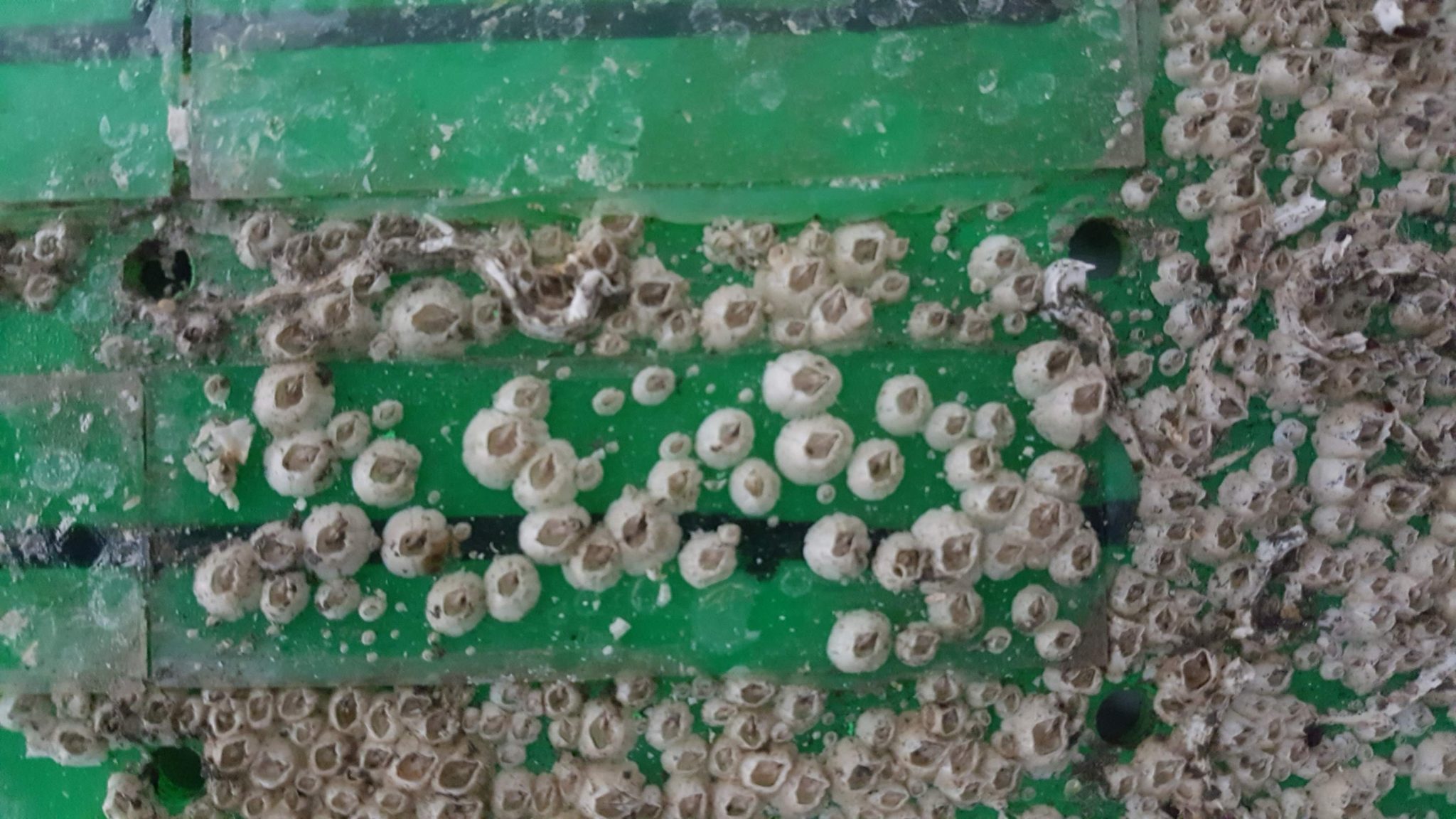Social Distancing
Our research into marine biofouling in the Water Institute aims to find solutions to help ocean energy developers, sensor developers or aquaculture farmers operate for long periods of time without the need for cleaning of deployed structures. Biofouling is the gradual growth of biological organisms – starting with bacteria and algae and if the environment is suitable, larger organisms like mussels, barnacles or others.
My PhD students Chloe Richards and Adrian Delgado Ollero, are working on developing marine antifouling coatings. These coatings can be applied onto devices and structures that are deployed in the sea and oceans for long periods of time.
Before we had to close the university laboratories because of the Covid-19 crisis, they deployed some materials in Dublin Bay to study biofilm growth over a 12-month period. We are now just over 4 weeks into that 12-month period – waters are warming up, light levels are increasing and these environmental factors are creating conditions suitable for biofilms to start growing. We would love to be able to go and record the growth, but we cannot because of the 2 Km restrictions.
However, looking at some results from Galway bay in 2018:
With the help of SmartBay Ireland, we had put some materials into Atlantic for 9 months. When we retrieved the panels from Galway bay containing the materials and coatings that we wanted to test, we saw some really interesting results. These results have informed this year’s study. This picture of barnacle settlement shows that on some materials there is good social distancing, while on other areas – these organisms do not follow any degree of distancing. That indicates to us – where there is compact growth, that those materials encourage biofilm or biofouling. These are therefore not suited to marine application. The section of the photograph in the centre, shows promising results, where barnacles are not growing close together and are not firmly attached. We will need to wait a while more before we can go and image our current panels, but meanwhile we can learn from work we have done.


Recent Comments